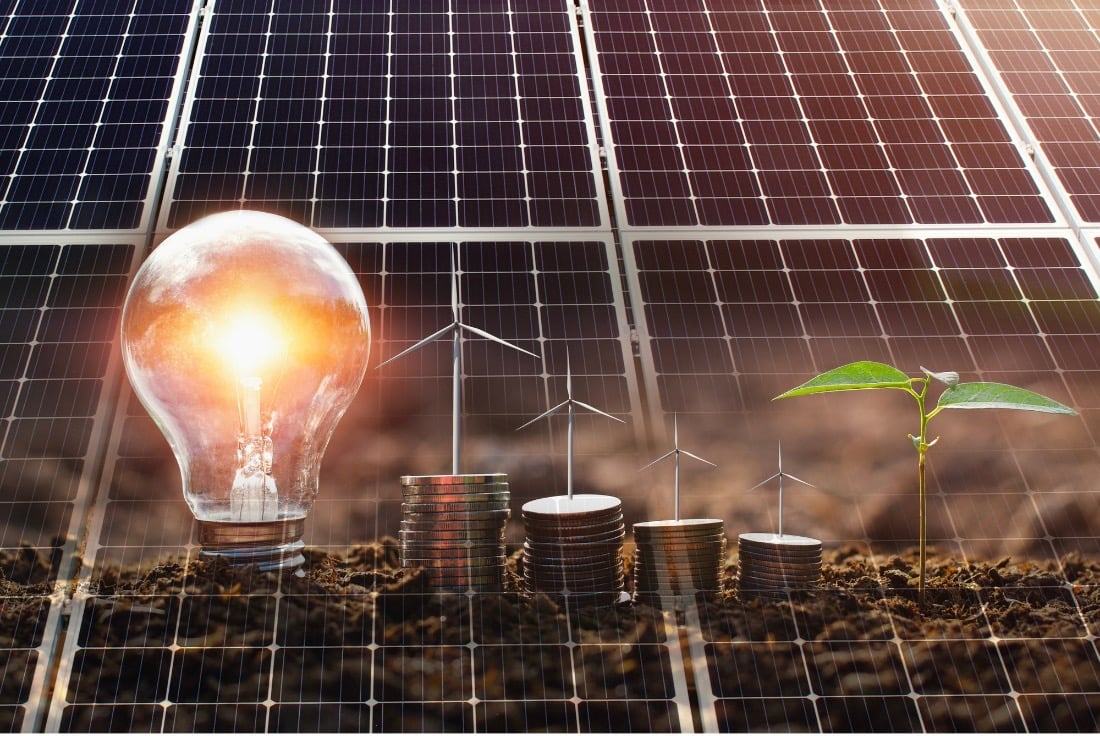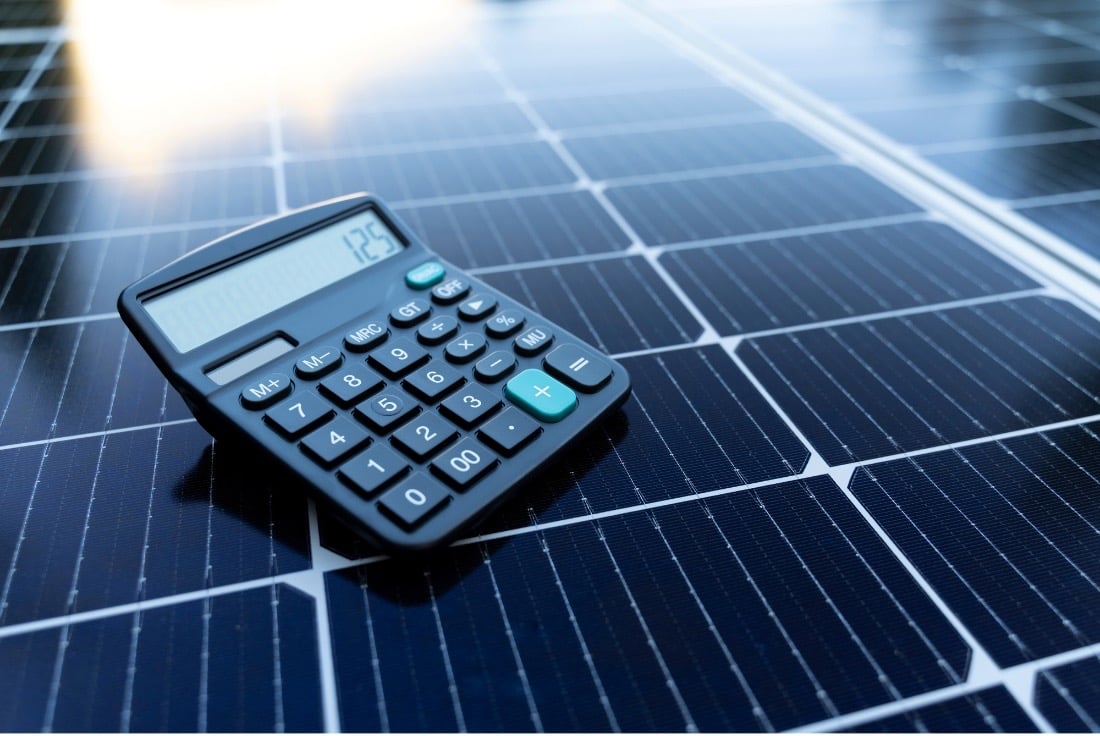
Electricity rates are continuously rising. In 2022, the average cost of residential electricity in New Zealand was around 30.22 cents per kilowatt-hour, and the numbers aren’t showing any signs of decline. That’s enough reason why many are going solar.
Now, if you’re among those who plan on making the switch to solar, you may be asking how much money can solar panels actually save you. While it depends on your specific circumstances, analysing the following key factors can illustrate solar energy money-saving potential.
1. Consider your location
Where you live significantly impacts potential solar savings. Some utilities have far higher electricity rates than others. Plus solar panels can still generate electricity even in less Sunny areas.
Crunching your local utility rates and solar irradiation levels gives an initial savings estimate. Online solar calculators use your address to estimate site-specific savings. However, such tools lack precision given unknowns like future rate hikes. So, the best way to go about it is by working with qualified solar installers to provide you with location-tailored analyses. Their proposals estimate the solar array size needed for your home and potential bill reductions and your return on investment.
Before installing panels, check if your utility offers time-of-use rates. TOU plans to charge different rates at peak and off-peak periods. Solar aligns well with TOU, given that panels are primarily produced during costly afternoon peaks. Also, check if your retailer has a “buy-back” rate as this is how much your retailer will pay for each unit of solar electricity that you export back into the electricity network. These rates can vary between 6 cents & 18 cents.
2. Review your electricity bills
While month-to-month usage fluctuates, looking at multiple bills captures typical
consumption. Calculating cents per kWh shows what you pay for electricity itself. Any fixed charges get excluded from that figure since solar only reduces energy usage charges.
Compare electric bills year over year, too. Solar savings grow in tandem if utility price
inflation persists. Of course, estimating future electricity inflation involves some guesswork. Most solar companies use conservative cost escalation assumptions in this regard.
3. Crunch the numbers
Once armed with your location and current costs, the real number crunching begins. The first step is tallying up your typical annual utility costs. Simply multiply your average monthly bill by 12. Next, estimate your solar array's likely production using online tools or installer proposals. Production levels combined with your utility rate determine yearly savings.
You can also find help from qualified providers who can handle both the number-crunching details and residential solar power solutions for you. Providing some basic information, like 12 months of utility bills, allows solar professionals to deliver custom savings estimates quickly.
For example, a home using NZD$300 of grid electricity monthly has NZD$3,600 in annual utility costs. Solar installers determined this home needs a 5-kW system. Given local conditions, that system should produce about 8,000 kWh yearly. At NZD$0.25/kWh from the utility, a 5-kW solar array saves NZD$2,000 annually for example.
4. Research available subsidies and incentives
Many overlook just how impactful solar incentives can be. Between government rebates, local council discounts, solar renewable energy credits and low-interest loans, incentives can cover 30% or more of installations in many areas.
Solar installers must meet strict quality standards to access a government rebate. Sadly, there are no subsidies and incentive schemes in New Zealand yet. But that doesn't mean it won't be possible. The government is said to be currently taking action as they launched their ‘zero-emissions by 2050’ project with renewable energy as their key consideration.
This is tied to the fact that the country is still relying on fossil fuels to generate 70% of the total energy requirement. Soon enough, they’ll be proposing solar power rebates to encourage renewable energy to take over the country. As a responsible homeowner, you must be on the lookout for the launch of these policies so you can make early decisions about switching to solar energy.
5. Take the long view
While first-year savings get the most attention, solar delivers over DELETE two just leave as decades decades. Panels typically carry 25-year power production guarantees. Electricity inflation and rising panel efficiency also let savings grow year over year.
For example, a system saving NZD$2,000 initially may offer closer to NZD$4,000 in annual reductions a decade later if utility rates rise just five per cent annually. Solar evaluates well as a long-term hedge against rising electricity prices. Just remember financing terms need to align with the timeline where major bill reductions occur.

Bottom line
The future of solar, especially in New Zealand, will be bright, given the fact that the country's cost of solar panel systems for private homes have fallen in the last ten years. Pair this with the right analyses of your location, electricity costs, and incentives, and you can make the best decisions when it comes to going solar.
Reputable providers can also help you curate tailored savings estimates to guide you.
With the variables involved, precise long-term solar savings remain tricky to pin down. However, solar delivers immediate and growing savings in majority of areas for those willing to make the upfront investment.
If you'd like to learn more about solar and what it can do for you, please fill out or website form on the Contact page or call us on 0800 876 527







